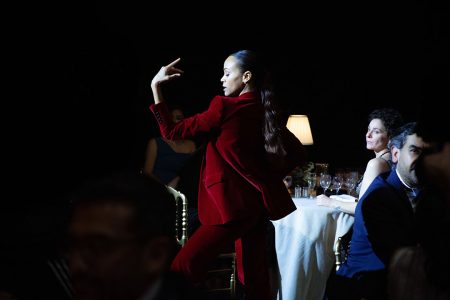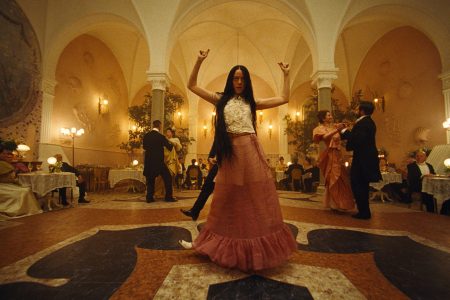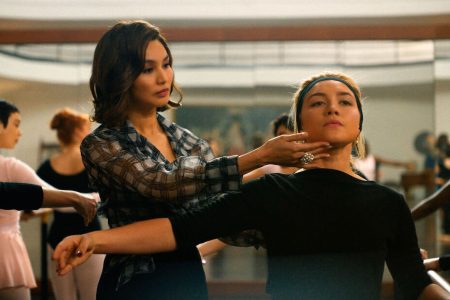Echoes, Ode To Silence, a short experimental film directed by Andres Arochi, first premiered on the global video platform Nowness. It takes us into Casa Estudio in Mexico City, until 1988 the personal residence of Mexican architect Luis Barragán. Borne out of a desire to experiment with ’emotional architecture’, the home’s crisp modernist lines and bold colours provide a dramatic backdrop for the piece.
Arochi wanted to explore the energy of the house, and felt that a conventional documentary wouldn’t cut it. Instead, he chose to incorporate the dynamic medium of dance. The play and experimentation which dance allow, help create a non-conventional architectural tour – an ecstatic and expressive journey – into Casa Estudio’s genius loci.
A troupe of six dancers traverse its diverse pockets of spaces: intimate shadowy corners, a private bedroom, a dank garden, an iconic floating staircase, and sunny brightly-coloured courtyards. Light complements shadow, as limbs swirl amidst the cement.
Diego Mur’s choreography is characterised by repeated convulsing: bodies double over with arms hanging, only to jerk upright, before gliding down again and then rebound back up with redoubled fervour. These motions of static hang and energetic flailing seem to embody the quintessential expansiveness yet also deeply private uses designed into the fabric of the home. Private contemplation and solitude are contrasted in the movement, and the power of this contrast underlines the visionary nature of the architecture itself. Barragán’s big thinking and thought-leadership in architectural design has led to this site being preserved, loved and known as iconic.
The opening scene shows a round naked back slowly bobbing to the surface of a murky pond. Often dancers are locked at the shoulders, heads buried below arms to form a Minotaur-like mass of rippling backs. Used to striking effect, this shield of backs remind us that every house must provide structure and shelter. In other scenes, flailing long hair suggests rebellion from the restraint of tradition, and the uncontainable dynamism of Barragán’s visionary genius. One dancer walks across a vertical pink wall, held horizontally in place by her partner. Classical rules are broken, and the impossible becomes possible in this modernist palace.
Stylist Alia González’s costuming, with its deep raspberry pink trousers, rusty or soft dusky pink shirts, and bare human skin echoes the colours of the walls, softly building chromatic layers to the cinematography.
Despite all the movement, a brooding stillness pervades. The minimal ambience of Sebastián Lechuga’s soundscape – a mix of water sounds, distorted guitar riffs and synthetic reverb – increases in drama throughout but remains subdued. The calm is underlined in motionless moments, when entwined dancers remain inert, locked into the silence and mystery of the space. Every dancer eventually surrenders to stillness as the piece closes.
Flesh in form. Skin in structure. Dynamism in intimacy. Surrender in stillness. Arochi must be congratulated for a powerful film, that effectively uses the raw expressive potential of dance to embody the energetic resonances of a complex architectural masterpiece. ●







